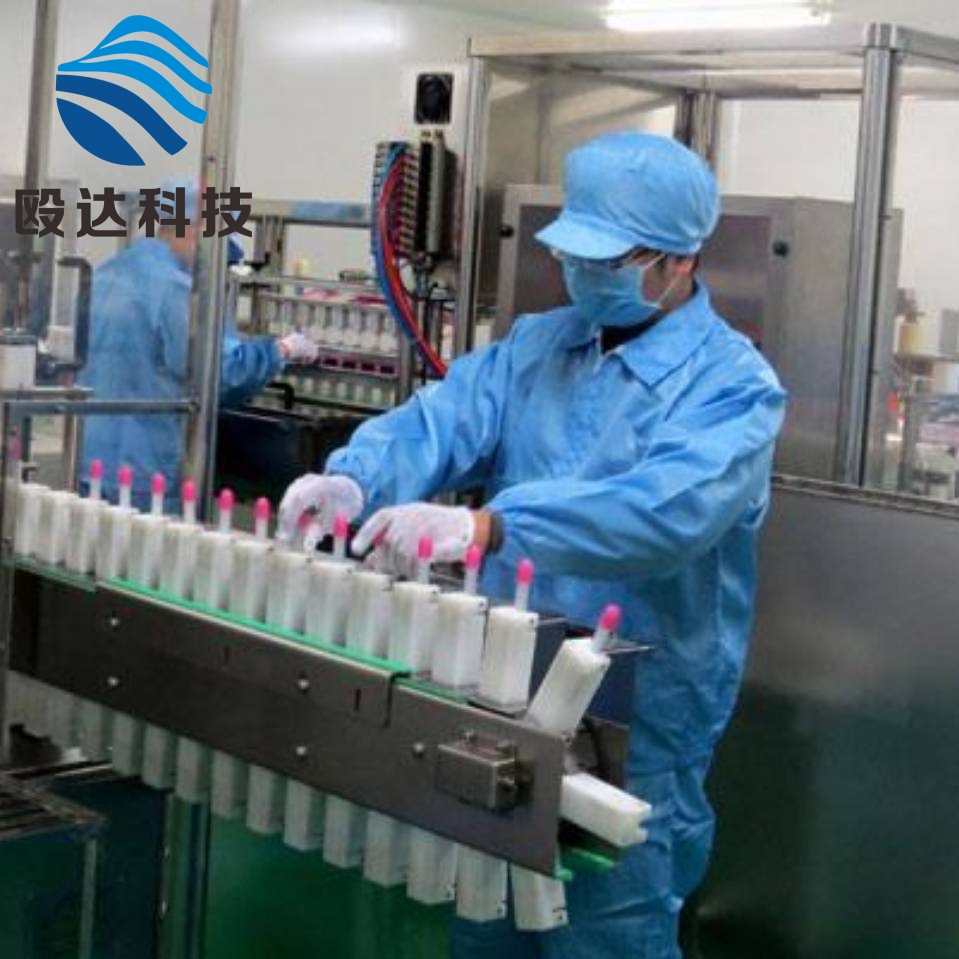-
Categories
-
Pharmaceutical Intermediates
-
Active Pharmaceutical Ingredients
-
Food Additives
- Industrial Coatings
- Agrochemicals
- Dyes and Pigments
- Surfactant
- Flavors and Fragrances
- Chemical Reagents
- Catalyst and Auxiliary
- Natural Products
- Inorganic Chemistry
-
Organic Chemistry
-
Biochemical Engineering
- Analytical Chemistry
- Cosmetic Ingredient
-
Pharmaceutical Intermediates
Promotion
ECHEMI Mall
Wholesale
Weekly Price
Exhibition
News
-
Trade Service
Adenoviruses (AdVs) are non-enveloped double-stranded DNA viruses related to a wide range of human clinical syndromes
The disease has a global distribution, the incidence is higher in areas with limited sanitary conditions, and the infection has no seasonality
Transmission can occur through inhalation of atomized droplets, direct conjunctival inoculation, fecal-oral transmission, or exposure to infected tissue or blood
1.
1.
3%~47
Most retrospective studies documented that AdV disease mainly occurred in the first 100 days after HSCT (median, 36-90 days)
AdV disease can be caused by primary infection or reactivation of latent infection.
Although genitourinary diseases are more common in kidney transplantation, hemorrhagic cystitis (HC) has been described in HSCT patients and should be tested
AdV infection may also be related to graft failure or implantation delay
Table 1: Infections related to adenovirus types and serotypes
Table 1: Infections related to adenovirus types and serotypes Infections related to adenovirus types and serotypes2.
2.
Among children, those younger than 5 years of age have the highest infection rate, while adolescents have a lower prevalence of disease-related complications
Asymptomatic AdV DNAemia is common in SOT recipients and is usually not associated with progression to symptomatic disease
Among SOT recipients, HC, nephritis, pneumonia, hepatitis, enterocolitis, and disseminated disease have been described
Most forms of infections outside the urinary tract are likely to progress and cause clinically significant diseases, rarely leading to death
HC may progress to involve the kidneys, which may lead to graft dysfunction and granulomatous interstitial nephritis observed on biopsy
Original link: https://pubmed.
ncbi.
nlm.
nih.
gov/34856601/
Adenovirus Infection and Transplantation
Adenovirus Infection and Transplantationleave a message here







